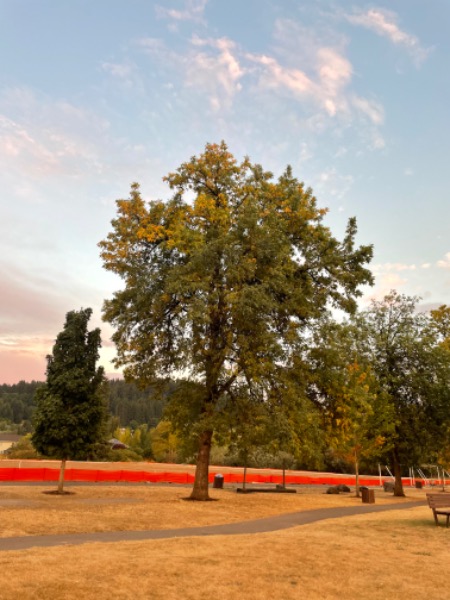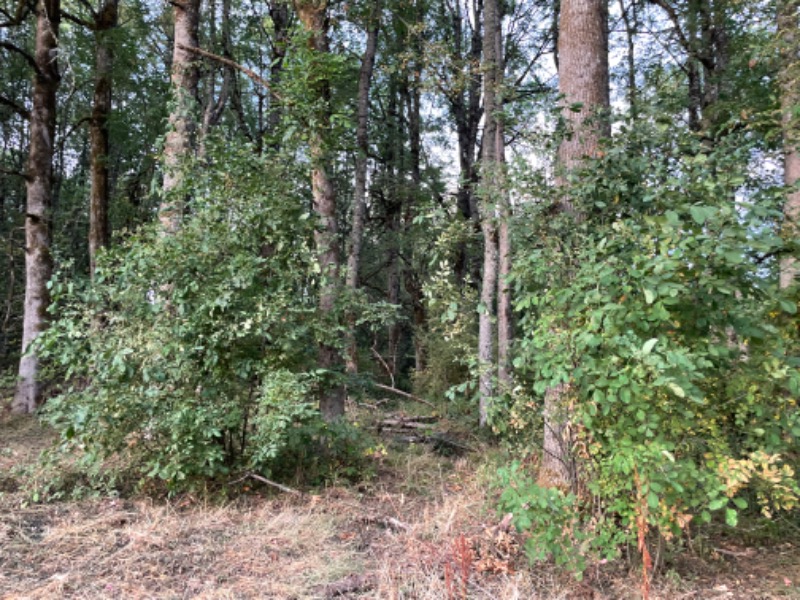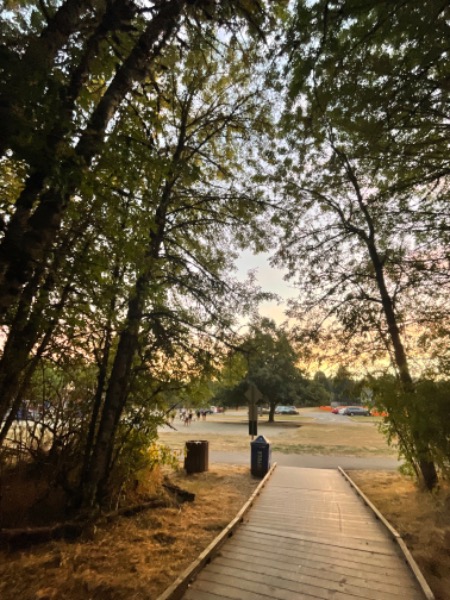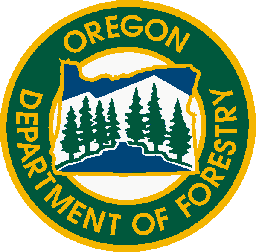unknown on Aug 18, 2023
Originally reported as Emerald Ash Borer (Agrilus planipennis)
Submitter does not have a specimen
EDRR Status: Ongoing monitoring
Description of specimen
I’m the Coordinator for Tryon Creek Watershed Council and was in an EAB training last fall. At I hope I’m wrong!
At the HV Nature Park a stand of ash trees both along a natural area and road caught my attention. I’m reasonably confident in the ash tree ID, and most of them showed stress/ some but not all symptoms of EAB (epicormic growth, top third dieback). The roadside ones had canopy dieback, in one case the top third especially, but no epicormic growth nor D-shaped holes; and the ones into the wetland area had epicormic growth & dieback throughout, but I couldn’t check for D-shaped holes since I was with my dog & didn’t want to go off trail. I am not sure how to tell EAB-related stress versus climate/other stress without having seen D-shaped holes or live beetles. I’m happy to go back and take more photos, as I live nearby.





Oregon ash experiences canopy dieback for a multitude of reasons, not just EAB, as you point out. Oregon ash dieback can occur when the tree is experiencing prolonged periods of either drought or flooding, so one can investigate if there have been changes in stream hydrology or construction, landscaping, etc. at the location, that would affect trees growth. Oregon ash also has a suite of native insects and diseases. Learn more about EAB and Oregon ash at the ODF website:
https://www.oregon.gov/ODF/ForestBenefits/Pages/ForestHealth.aspx
Wyatt Williams
Aug. 22, 2023, 8:20 a.m.